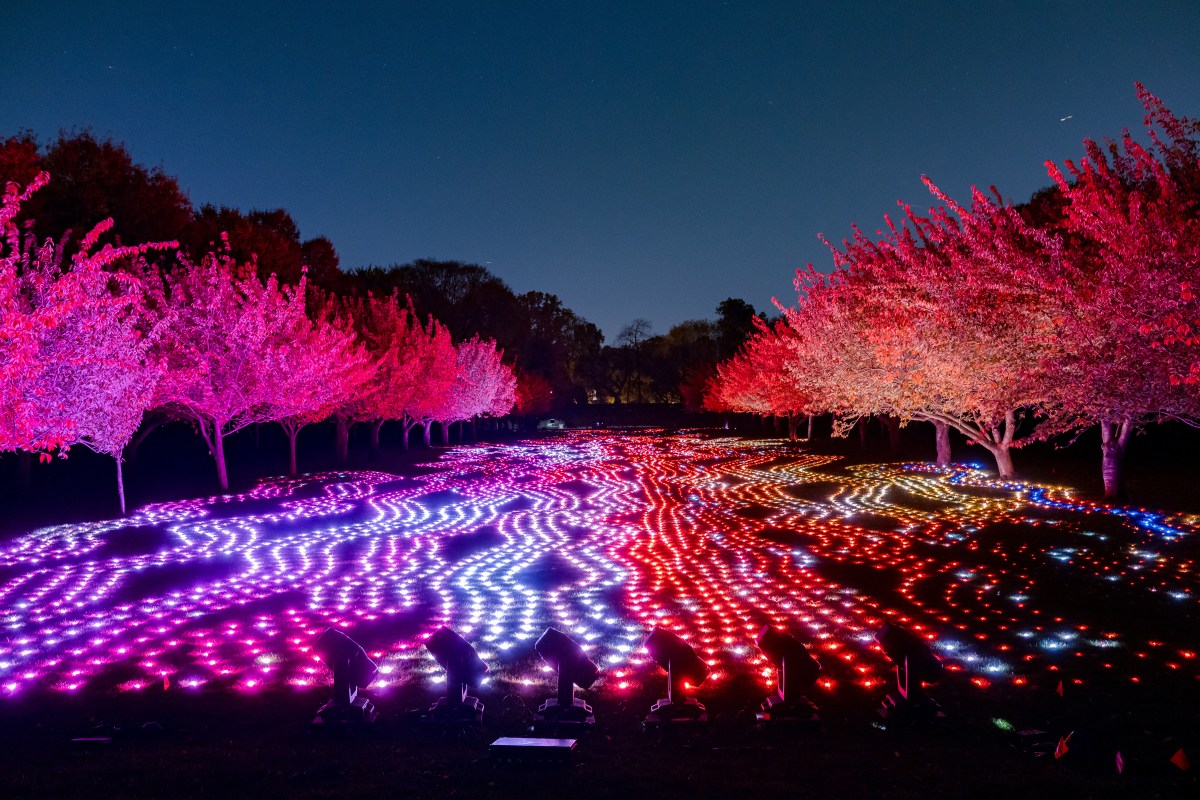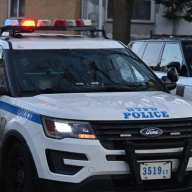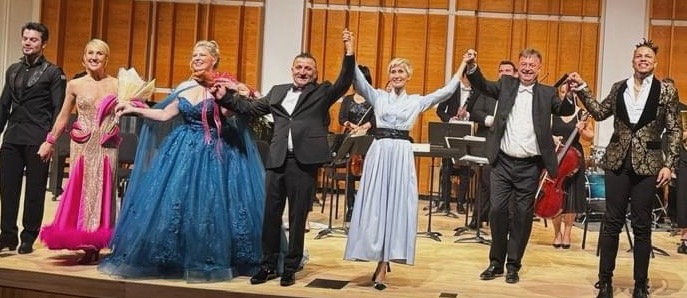A pair of scissors carries significant weight for barbershop owner Arthur Rubinoff.
The Forest Hills resident started cutting hair under the tutelage of his father, mother and grandfather when he was just 14 years old, and today he carries on the family business as a fourth-generation barber with four shops across Manhattan called Reamir & Co.
And this weekend, the 43-year-old is taking a cue from his late father and putting his scissors on display along with dozens of antiques they both collected for the first-ever NYC Barbershop Museum.
Opening Friday, the 670-square-foot space, which will also double as an actual barbershop, will show off vintage tools like brushes, blades, razors, barber poles and signs, barbering chairs, stations and other memorabilia from as early as the early 1900s, including his great grandfather’s tools and a chair that might have been used by James Dean.
If you looked in Rubinoff’s storage unit, you’d find 41 chairs, 12 standing porcelain barber poles, nine crafted wooden barber poles and more, he said.
While the museum can only hold so much since it’s a smaller space, Rubinoff plans on rotating the collection about every six months.
“It was my father’s idea,” he told amNewYork. “He started collecting stations, old scissors and razors in 1991. When I asked him why, he said ‘Maybe one day when I retire, I’ll open up a museum,’ as a joke.”
But when his father, Rubin, passed away in 2003, Rubinoff held on to everything. His little knickknacks became a prized treasure and soon became the focus of his own collection.
“It was sentimental to me, for the memory of my father, and I started buying more stuff,” he said. “It came to the point where our basement was full of antiques.”
The joke wasn’t a joke any longer — Rubinoff set out to actually create that museum in his father’s memory and to honor barbers in general, he said.
“I love and miss my father — he is my icon,” he said. “He always used to say ‘if you become a successful business man, don’t let pride get to you. Give them the same service. Don’t change on them.”
Part of the museum experience is actually getting your hair cut, if you so choose. There are three packages to choose from (including cuts for women with short hair) — XIX Century (haircut, neck shave with a new blade and hot towel neck massage and personal comb you take home for $47), XX Century (haircut, wash and blow dry, neck shave with a new blade, a five-minute hot towel neck massage and a personal comb for $74) and the lavish XXI Century (haircut with a pair of gold diamond scissors and a gold comb with diamonds, a wash before and after, a five-minute hot towel massage, a neck shave with a new blade and a personal comb for $118). Did we mention the XXI Century comes with Champagne and black caviar, too?
The museum and barbering experience is not only a way to keep his passion of creating new styles and his love of his tools alive, but also to remind people that the profession has a long history even though it’s faced a decline in business, he said.
“For awhile, barbershops could not survive,” he said. “We can’t afford more than $6,000 in rent because there is only so much we can do. But now it’s coming back.”
He attributes the return of the business to people needing to talk and have a community of support around them. After the Sept. 11 attacks, business spiked 30 percent because people were upset and also changing jobs so they needed to look professional for interviews, he said.
“They usually come to us like we’re psychologists,” he said. “They talk about their family, their health, their boyfriend, girlfriend, wives.”
He hopes that world continues and is strengthened by his homage to it, he added.
“In the Middle Ages, we were the doctors,” he said. “We did blood letting, tooth whitening, we pulled out teeth and bullets . . . I consider this an art.”
To check out the museum (290 Columbus Ave. on the Upper West Side), head to its opening on Friday at 11 a.m.

































